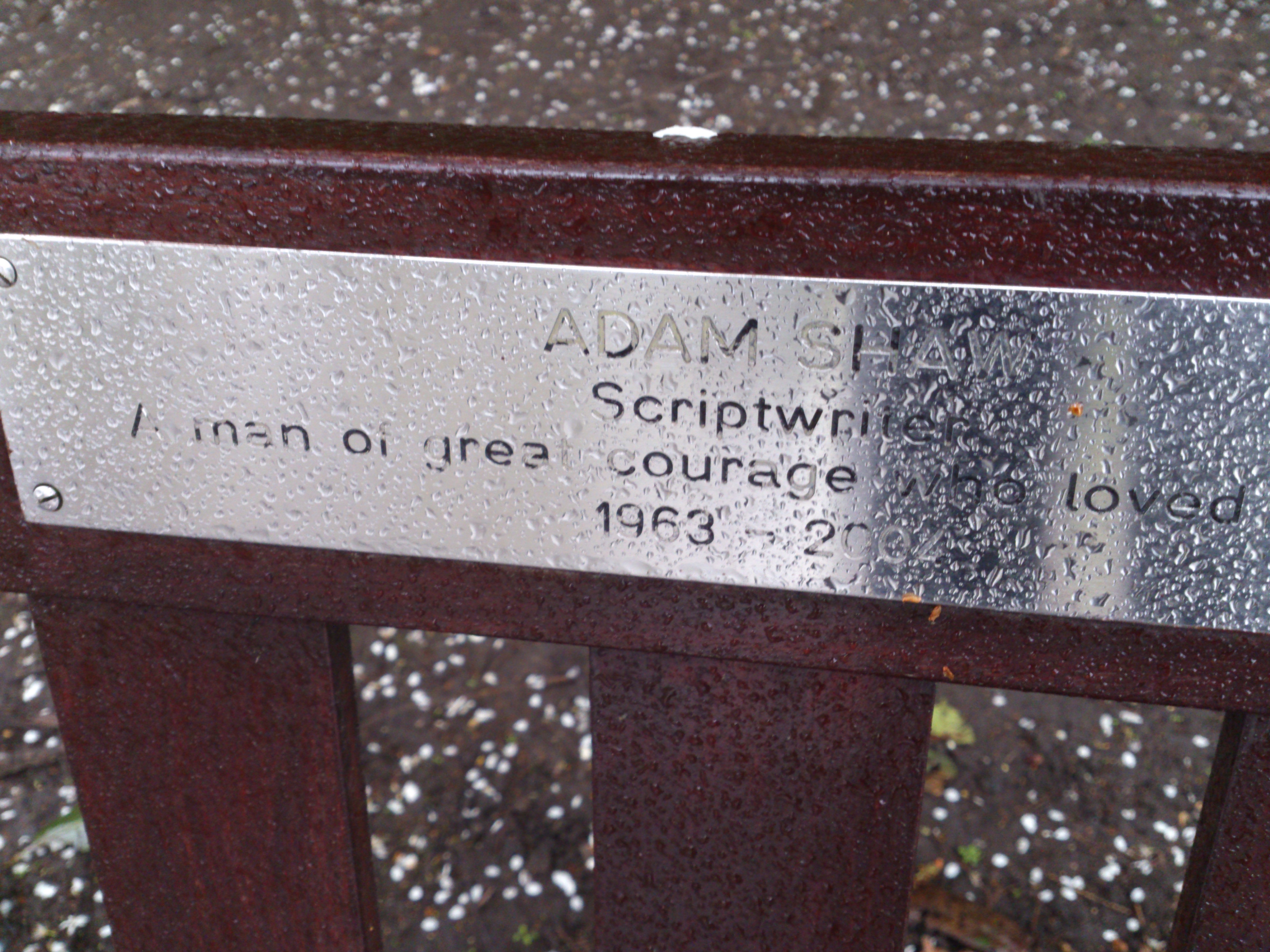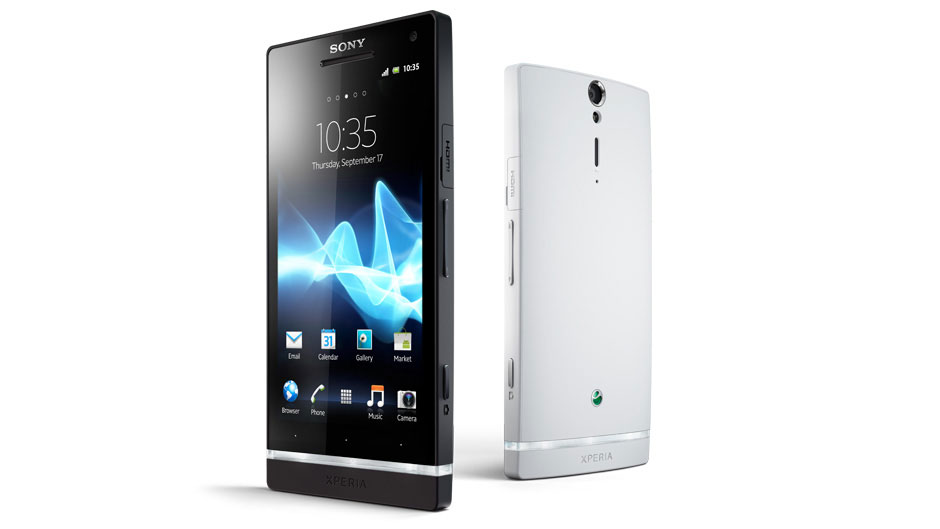Why you can trust TechRadar

Many high-end handsets are coming out with 8MP cameras at the moment – even though that's a resolution that's been around quite some time now. So we were pleasantly surprised to see that the Xperia S ships with a 12MP snapper on board rocking an Exmor sensor.
There's also a 1.3MP snapper on the front for video calling (or, if you're like our friend, Chris – for taking endless self shots for Twitter and checking the barnet is still in pristine condition) which does a good job.
One thing that puzzled us is that the 12MP option only shoots photos in the 4:3 format yet the 16:9 display can be taken of in 9MP mode. It is set to this by default. In reality, we shot a few photos and found very little difference between the two other than that physical shapes of the pics and the file size obviously being larger in the 12MP format. It just goes to show that the quality of a photo is down to so much more than just megapixels.
Shots, frankly, look amazing on that screen which gives real HD clarity. And when transferred to a computer, they're just as sharp and beautiful. Tim Cook described the iPhone 4S as being an ideal replacement for a dedicated point-and-shoot and we'd venture that the Xperia S outdoes that.
There's no flash in the traditional sense of the word – but you do get a very strong LED light instead. We took photos using it in both pitch black and fairly dim situations and were pleasantly surprised with the results.
Whilst some phones will give you a white tint, this seems to bathe photos in a warm, natural, golden glow. It's obviously also down to the software because the actual light is bright white when called on for use. Shutter speed is fairly snappy. Obviously, you'll encounter a little blur when trying to photograph a fast moving subject in the dark but this was much less than we'd seen with other camera phones.
Another plus point is found in the settings. You can set the Xperia S up to start the camera when you depress the button like every other phone under the sun. Or you can choose for it to start up and take the photo straight away in one step.
Sign up for breaking news, reviews, opinion, top tech deals, and more.
This is really handy if you're at an event where you're taking a lot of snaps and with the photos being processed immediately thanks to the sheer grunt of that processor, you're ready to snap again within seconds.
Plus, you can start the camera without having to go via the lock screen if you hold down the camera button. That's a nice touch which saves time.
As for scene modes, you won't find dozens in here with Sony deeming itself competent enough to decide which to use automatically. There is a Panorama Sweep mode in there though we got very agitated with it as it asked us to take the photo three times and saved without telling us, leading us to waste time. It was at this point, the Sony Xperia S very nearly ended up in a lake on Hampstead Heath.
Smile detection is a nice inclusion though we were slightly disturbed to see Sony ignore tap-to-focus mode which is nowhere to be seen. Yes, the auto focus is there and it does a good job but is a little short sighted considering how arty some of us are
In fact, the SCN menu is also where you'll find the 3D capabilities. We use the term loosely here as the Xperia S has a single lens so when you take a 3D panorama shot, it does it a few times to overlay the subjects and create a 3D illusion. You can't view it on your phone – you have to have a compatible TV set so we weren't able to test it fully – though the technology has been around since the Sony Xperia Arc S and was met with limited results.
We also noticed that when in 3D panorama shooting mode, the lens doesn't adjust to the light as you move around which seems like a rookie's mistake. And we must stress that this is not a 3D phone like, say, the LG Optimus 3D and, as a result, you won't be viewing any 3D pics on that Bravia screen, beautiful as it may be.
One final thing that confused us is why Sony has deliberately omitted the Cybershot branding here. It's one of the manufacturer's strengths and has been used before on handsets even as far back as the Sony Ericsson K800i back in 2006. Seems a bit odd and a wasted opportunity for Sony though we're sure there is a reason for this.

Taken with flash in dull conditions gives a warm glow.

In cloudy daylight, you get a good representation of colour.

The camera holds its own without the flash in a well lit room.

And it manages to illuminate subjects even in pitch black conditions.

Fast moving subjects are prone to a little blurring – even in full daylight.

Auto focus include a good macro mode.

Panorama mode does the job, despite the camera not indicating the photo has taken.
